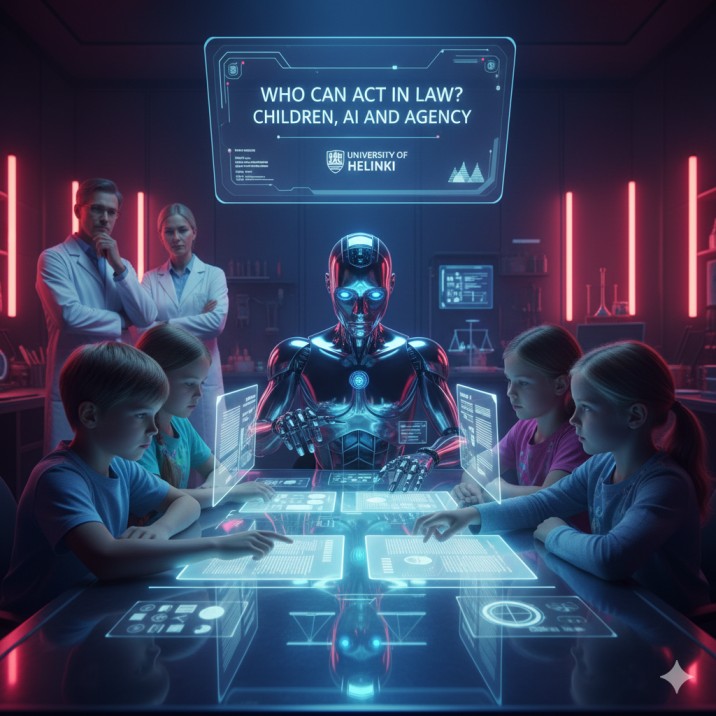ChatGPT‑5 Multimodal Powers: A First Look
OpenAI’s ChatGPT‑5 multimodal upgrade is perhaps the most anticipated feature yet. For the first time, a GPT model seamlessly handles text, images, audio, and video in real time—redefining how users interact with machines. This leap brings human-like comprehension and interaction to digital systems like never before.
Multimodal Fusion: Text, Image, Audio, Video
With ChatGPT‑5 multimodal capabilities, you can upload a chart, ask questions about a video, or receive real-time audio summaries—all in one continuous conversation. This level of multimodal integration makes AI more intuitive, interactive, and user-friendly.
Imagine showing the model a graph from a sales dashboard, describing it verbally, and receiving a detailed breakdown that references both the visual and spoken data. GPT‑5 can analyze cross-modal input simultaneously and generate context-aware responses.
Modular Architecture’s Role in Multimodal Power
The newly introduced modular architecture allows developers to select the optimal AI model for their needs:
- GPT‑5 Standard: Optimized for heavy-duty reasoning and enterprise-level tasks.
- GPT‑5 Mini: Ideal for casual or mid-scale interactions.
- GPT‑5 Nano: Designed for mobile apps, wearables, and IoT ecosystems.
This scalable infrastructure brings multimodal GPT‑5 to businesses of all sizes and industries, with custom-tailored deployments that meet performance and power-efficiency needs.
Real-Time Use Cases Across Industries
In healthcare, GPT‑5 can transcribe patient-doctor consultations, analyze voice tone for emotional cues, and generate a summary with visuals for patient records.
In marketing, it can generate high-quality promotional videos from simple text scripts, create matching social media posts, and analyze ad performance from uploaded screenshots and audio feedback.
In education, GPT‑5 enables image-based tutoring, voice queries on physics diagrams, and feedback on video-based homework submissions—providing a dynamic, inclusive learning environment.
In customer support, GPT‑5 analyzes screenshots, deciphers spoken complaints, and offers multimedia-based solutions—reducing ticket resolution time.
GPT‑5 can also streamline legal services by summarizing case files from voice notes and annotated images. In architecture, users can feed in sketches, audio ideas, and site photos to get smart design feedback. Even in journalism, reporters can transcribe interviews, annotate images, and generate video headlines.
Under the Hood: Reasoning with Modalities
What sets GPT‑5 apart is deep multimodal reasoning. Unlike previous versions, GPT‑5 doesn’t treat images, text, or audio as isolated elements. Instead, it maintains contextual continuity across modalities.
A student could upload a math problem image, verbally explain their confusion, and receive an explanation that synthesizes both inputs. The model doesn’t just react—it understands relationships and intent.
This advanced cross-modal understanding means GPT‑5 can:
- Correlate audio tone with visual data
- Interpret gestures or scene context in videos
- Retain sequential memory across a multimodal conversation
This deeper contextual awareness makes it more capable in real-world applications that require inference, emotional intelligence, and adaptive learning.
Access and Developer Tools
OpenAI now provides API access to multimodal GPT‑5 features. Developers can integrate:
- Text-to-video generation in content platforms
- Voice-command features in productivity apps
- Visual learning assistance in ed-tech products
GPT‑5 works seamlessly with apps like Gmail, Notion, Slack, and calendar tools, transforming passive software into interactive intelligent assistants.
Through the OpenAI platform, developers also gain access to:
- Fine-tuning tools
- Performance monitoring dashboards
- Real-time usage feedback
These tools make GPT‑5 developer-friendly and enterprise-ready.
Performance and Safety Improvements
GPT‑5’s multimodal model also brings significant strides in safety, alignment, and ethical AI practices. Advanced filters ensure:
- Recognition of sensitive content across modalities
- Responsible generation of video and audio
- Protection against misinformation from multimodal synthesis
Moreover, it includes consent-aware image and video processing, ensuring AI-generated media complies with ethical usage standards.
To improve transparency, GPT‑5 logs multimodal decision paths that can be audited. This helps organizations understand AI behavior and build user trust.
Conclusion: A New AI Interaction Paradigm
ChatGPT‑5 multimodal powers aren’t just about supporting more input types—they’re about enabling more meaningful, intelligent AI experiences.
With modular scalability, deep reasoning, sensory context, and seamless app integration, GPT‑5 is poised to become the new gold standard in intelligent interaction.
Whether you’re a developer, creator, educator, or enterprise, GPT‑5’s multimodal model offers a gateway to building smarter, more interactive, and more empathetic AI-powered applications.
Recent Blogs

FEATURED
Why Human Resources Needs Specialized AI Training Programs
December 30, 2025
FEATURED
How AI Training Programs Are Shaping the Future of Workforce Retention
December 30, 2025
FEATURED
Is Your Company Ready for AI Training? A Readiness Checklist
December 30, 2025
FEATURED
What Are AI Training Programs and Why Do They Matter for Organizations?
December 30, 2025
FEATURED
Who Can Act in Law? New Research at the University of Helsinki Connects Children, AI, and Agency
December 30, 2025

